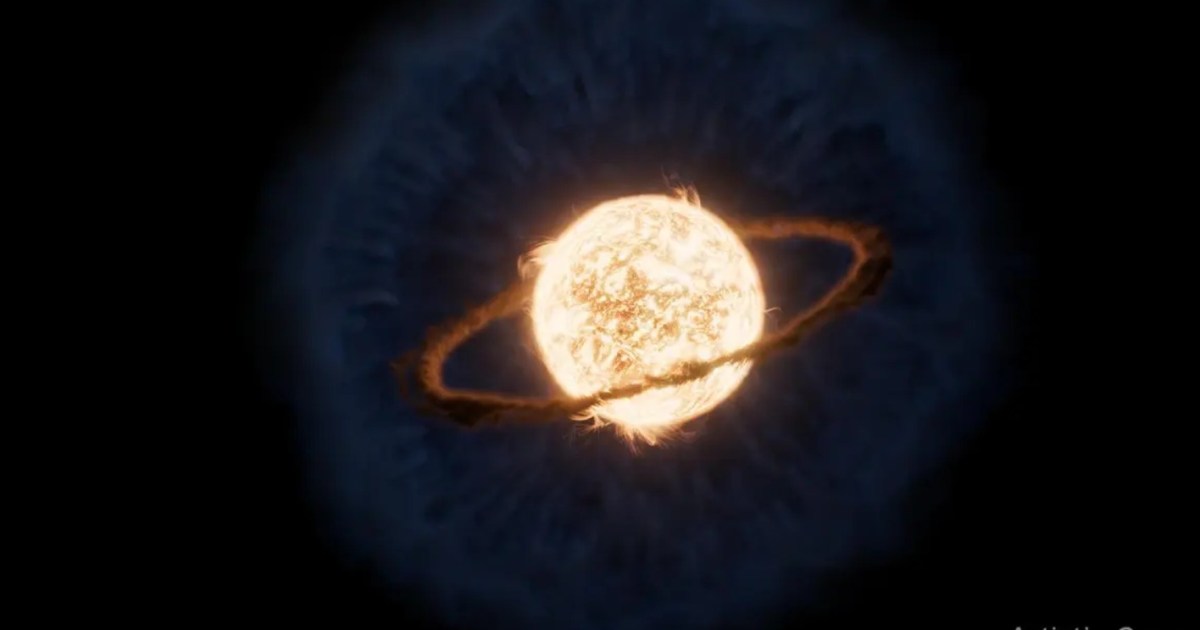
The James Webb Telescope captures the moment a star devours a planet.
With the increase in deaths on the planet, a disturbing news item emerges: a planet is gradually moving closer to its parent star.
A spectacular astronomical phenomenon has been the subject of study following the event known as ZTF SLRN-2020, in which a planet came dangerously close to its star. This process resulted in the planet, as it spiraled inward, heating up more and more until crossing the point of no return and being absorbed by the star, causing a brilliant burst of light.
The James Webb Space Telescope has taken the lead in observing the aftermath of this event to gain more insight into what happens in such unusual situations. Ryan Lau, a lead researcher at NOIRLab, commented that since this was a recent event, they had low expectations about what they could discover by pointing the telescope in that direction. Using the MIRI (Mid-Infrared Instrument) and NIRSpec (Near-Infrared Spectrograph), they were able to gather valuable data about the end of planetary systems, with implications that could include the fate of our own solar system.
Prior to the new observations, it was believed that the planet had been destroyed when the star expanded and devoured it. However, recent findings suggest that the planet began to draw increasingly closer to the star until it was swallowed. Morgan MacLeod from the Harvard-Smithsonian Center for Astrophysics explained that the planet started to touch the star's atmosphere, leading to an accelerated process of descent.
At the end of its fall, the planet expelled layers of gas from the star's outer atmosphere. This gas has since cooled over time and has turned into dust that orbits the star, forming a cloud. Close to this cloud, a compact disk of hot gas has been detected, containing carbon monoxide.
Colette Salyk from Vassar College expressed her surprise at observing features that appear to be a region of planet formation, despite the fact that no new planets are currently forming there following the disappearance of the previous one.
Events like this are exceptionally rare, and researchers hope to observe similar occurrences in the future with the support of Webb and upcoming telescopes like the Vera C. Rubin Observatory and NASA's Nancy Grace Roman Space Telescope. Lau emphasized that this event marks a milestone in the study of such circumstances, being the only evidence of this kind observed in action, with detections of the consequences after the critical moment had passed.
The related research has been published in a specialized astrophysics journal.



